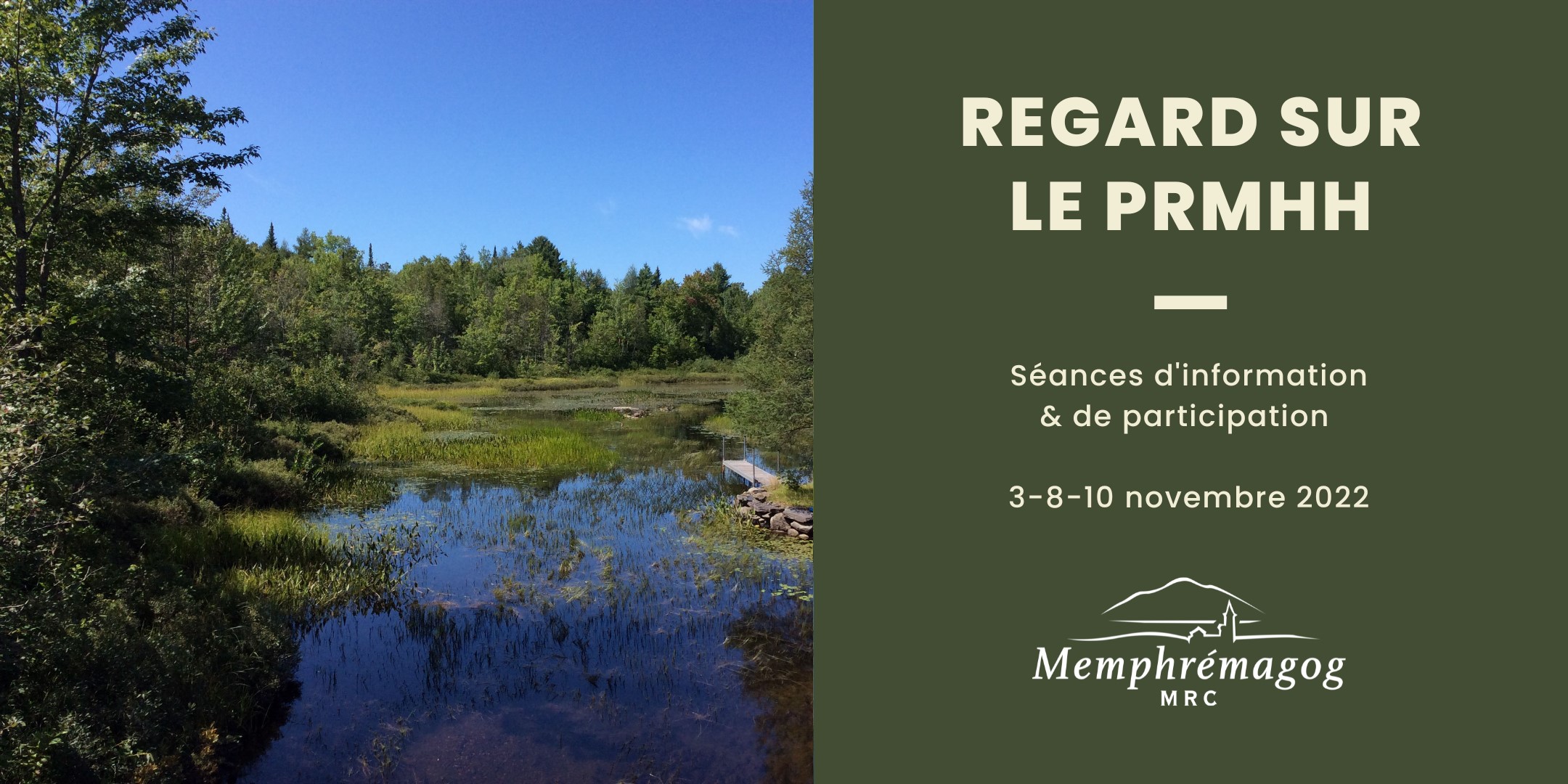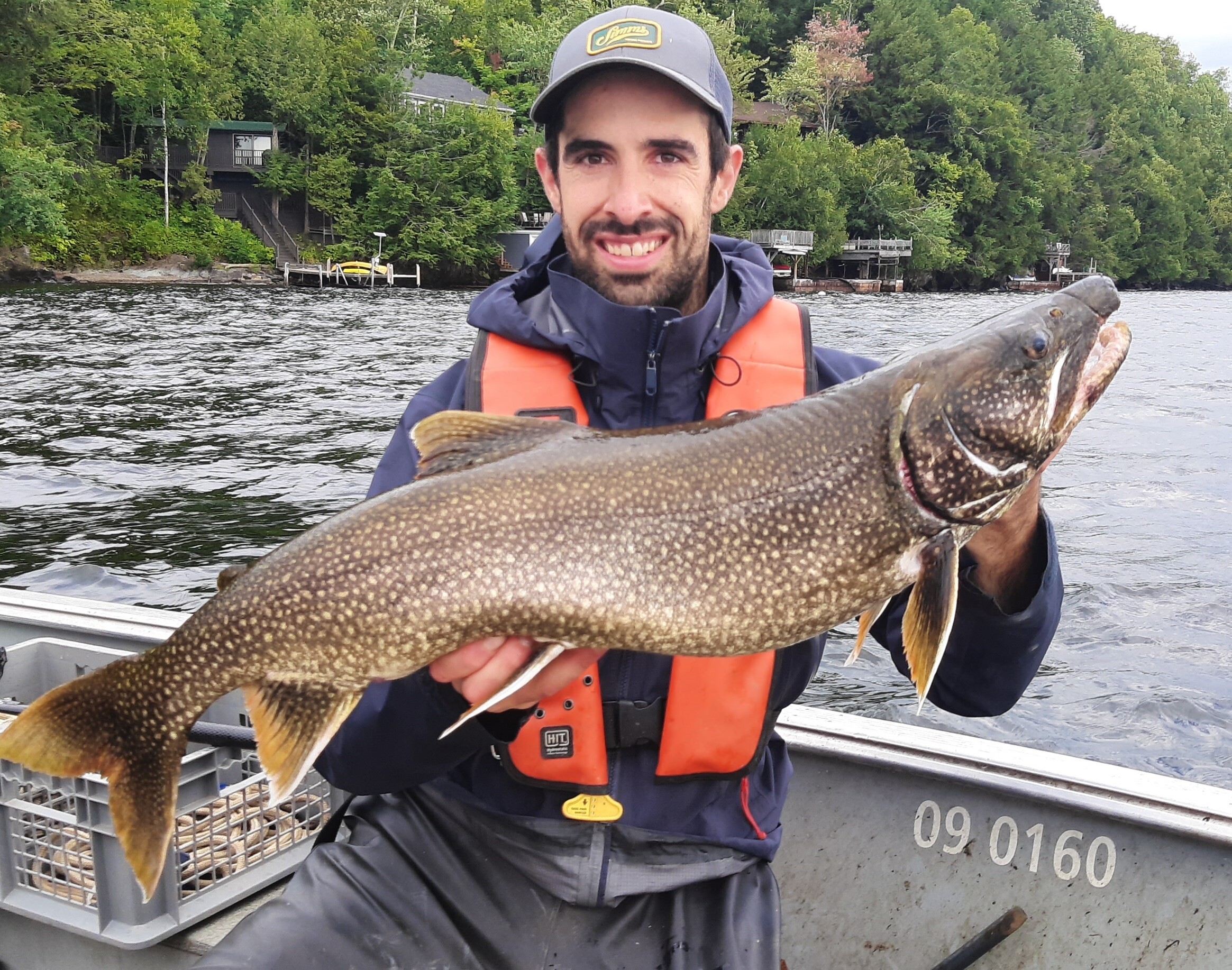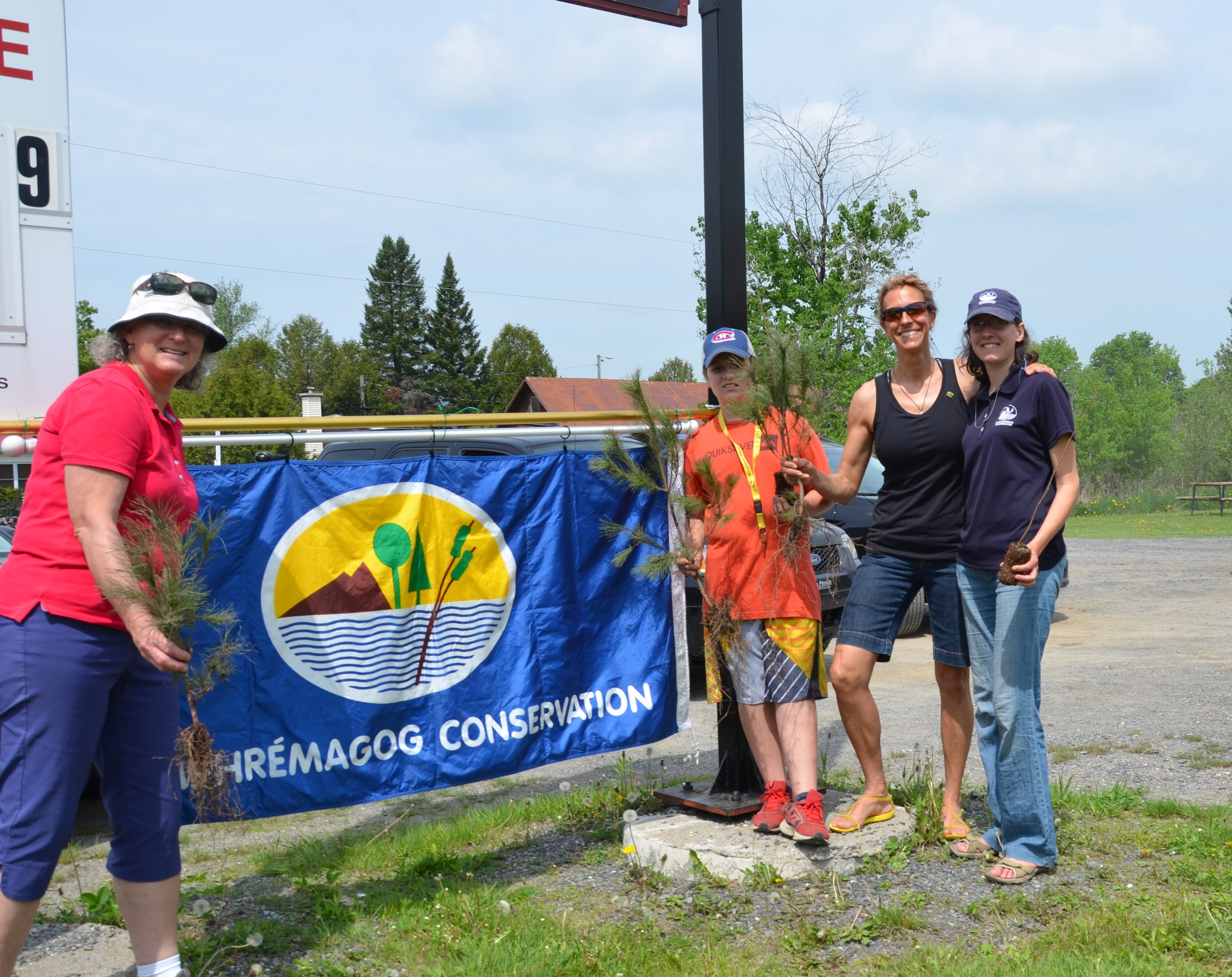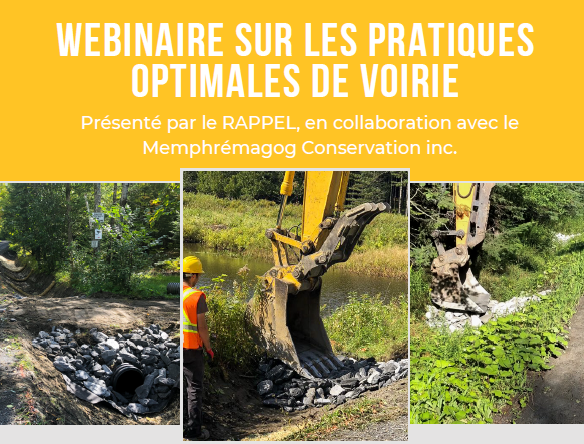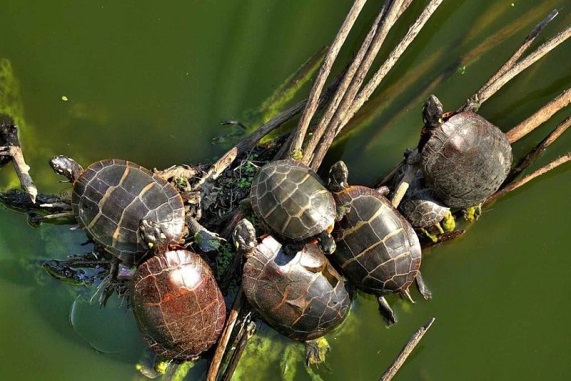Septic systems
Context
Septic systems are very effective at limiting the harm caused by the outflow of waste water into the hydrologic network. In fact, it is as the result of a collective decision to be better environmental stewards that municipal sewage treatment plants were built and individual septic systems were installed on isolated residential properties. Waste water from the urbanized areas of Fitch Bay and Newport flow into Lake Memphremagog after treatment, while that of Magog flow into the Magog river, upstream from the city of Sherbrooke. All isolated residences in the watershed are supposed to have septic systems that conform to all current regulations. However, we know that many isolated residences have systems that are deficient. Given the number of isolated residences in the watershed, and the fact that the lake’s capacity to absorb waste water is finite, we must tighten up our vigilance in regard to the proper functioning of stand alone septic systems. A more rigorous application of provincial regulations regarding the evacuation and treatment of the waste water from isolated residences (Q-2, r.8) is essential if we ever hope to reduce the quantity of phosphorus entering the lake and stopping the accelerated eutrophication that the lake is experiencing.
What, exactly, is a septic system?
A septic system is the residential infrastructure that treats the waste water emanating from residences that are not connected to municipal sewer systems. It receives all of the water used in the home, from toilets, showers, sinks, dishwashers, washing machines, etc. A conventional septic system contains a septic tank and a filter bed, both underground, while non-traditional systems also include a bio filter or aeration treatment between the septic tank and the filter bed, which can then be much smaller than a traditional one. The design, configuration and installation of any particular system will depend on the location, the size of the lot, and the characteristics and composition of the soil. Consult with your municipality; the municipal inspector is in a position to answer all of your questions, and advise you as to the conformity of your system.
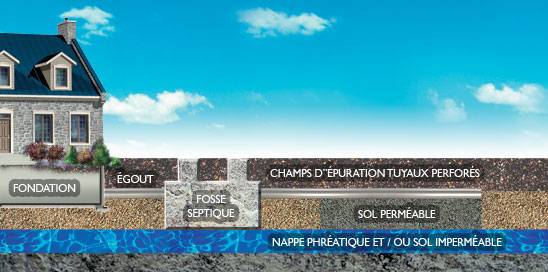
Why is it important to ensure that your septic system is properly maintained?
As is the case of all organic matter, human waste is loaded with phosphorus, as well as containing potentially pathogenic microorganisms. The septic system will hold this solid matter, eliminating the microorganisms that could cause diseases such as cholera and typhoid. Properly maintained systems reduce the possibility of contamination of your and your neighbors’ drinking water. Proper maintenance is especially important if there are water wells or other sources of drinking water on or near your property. As well, a properly maintained septic system that is up to standard can increase the value of your property.
What is the septic tank and what purpose does it serve – primary treatment?
Waste water produced in the home is carried to the septic tank via the system of drains. The tank is a sealed reservoir where the solids are held and partly digested. The heaviest solids sink to the bottom of the tank and are referred to as the sludge. Lighter solids, such as soap and grease residues, float on the top of the liquid and are referred to as scum. The sludge will be partially digested by the microorganisms found there, reducing their volume. The septic tank can be made of concrete, polyethylene or fiberglass. In the past, steel tanks were used, but they had the nasty tendency to rust out and leak – existing tanks of this type must be replaced. The size of the tank depends on the number of residents of the home and the extent of occupation (i.e. seasonal or full time).
What is a filter bed and what purpose does it serve – secondary treatment?
The filter bed is an area composed of perforated tubes buried in a permeable soil, where beneficial bacteria clean the water that flows through the pipes before it enters the environment. These beneficial bacteria feed on organic matter and eliminate the potentially pathogenicmicroorganisms that may be contained in the liquid, as well as any residual impurities, such as solids in suspension, organic chemicals, etc. These bacteria need oxygen to work (aerobic bacteria), thus the filter bed must absolutely always be above the water table. If the water table is low, the filter bed can be installed right in the existing soil; this is a traditional filter bed. However, if the water table is too close to the surface, then the filter bed will be installed above the soil; this is an elevated filter bed with a filter mound. Filter beds are sometimes referred to as leach fields, purifiers or filter mounds. A filter bed can last 20 to 40 years. Its design, size and placement are based on the volume of waste water produced, the ability of the underlying soil to absorb water and its height above the water table or the underlying impermeable layer.
If it is not possible to install a filter bed, how is secondary treatment carried out?
The filter bed needs to be of sufficient size, and located in a permeable soil. If the lot is too small to accommodate it, the soil is not sufficiently permeable (clay or rock), or if the water table is so high that even a raised filter bed is not possible, then a bio filtration or aeration system can be installed. In a bio filtration system, the liquid exiting the septic tank percolates through a filtering medium, such as peat moss or a textile. The filter material must be replaced periodically, before it reaches its saturation point. In an aeration system, the liquid passes through an aerated medium, where microorganisms act to purify it. These techniques treat the waste water to a greater degree than a conventional system, allowing for a much smaller filter bed. The following technologies are generally accepted by the MDDELCC:
- Bionest
- Enviro-septic
- Ecoflo (Premiertec)
- Roseau épurateur
Is it true that conventional septic systems are not very effective in retaining phosphorus?
Septic systems retain all the solid material flushed into them. These solids are loaded with phosphorus, which is already a great improvement. Nevertheless, a conventional system does not do a good job of retaining phosphorus which is adsorbed to particles in suspension. As we have seen, the filter bed is designed to kill off any harmful microorganisms, not to eliminate phosphorus. As long as the soil contains iron, aluminum or calcium ions, the phosphorus will be adsorbed and retained. But, as soon as the bed’s adsorption capacity is exceeded, any additional phosphorus will flow through. Thus, it is imperative to send as little phosphorus to the system as possible, by avoiding the use of domestic products containing phosphates. It is also important to ensure a sufficient vegetated buffer zone between the filter bed and any water body, so that the plants can take up any phosphorus coming out of the filter bed. We can also consider the use of a system that precipitates the phosphorus out of the liquid before it reaches the filter bed.
Why must septic tanks be emptied regularly?
Regular pumping of septic tanks is done to ensure that the sludge accumulating in the bottom does not accumulate to the point where it infiltrates the filter bed or backs up into the residence. If the sludge infiltrates the filter bed, it risks plugging it up. Not only is a plugged filter bed a health risk for the environment and your family, it is very expensive to repair or replace. Provincial regulations regarding the evacuation and treatment of waste water from isolated residences (Q-2, r-8) requires septic tanks used on a seasonal basis to be emptied every 4 years, and those used all year round every 2 years. Your local municipality is responsible for the application of these rules, and some of the municipalities in the Lake Memphremagog watershed have established regular monitoring of the frequency of emptying of septic tanks and the conformity of the systems to provincial norms. When emptying a septic tank, it is recommended to leave a small layer of sludge in the tank to ensure that the microorganisms that decontaminate it can continue their work on any new sludge entering the tank. Septic tank sludge is normally composted, and used as fertilizer. You should not either inspect or empty your tank yourself. There is no oxygen in the tank, and it contains toxic gases that can be deadly in a very short time. When comes the time to inspect and empty the tank call upon an authorized septic tank emptier.
Why is it important to monitor your water consumption?
All the water used in the house, for whatever purpose, ends up in the septic tank. The more water that enters the septic tank, the less time it spends there, that is to say, the waste water will flow through the tank to the filter bed more rapidly. The waste water needs time to allow the solids to settle and the bacteria to digest them. The longer the retention period, the more the liquid is purified. That is why it is important to minimize our water consumption and try to spread it out over time. We should install low flow equipment on our toilets and showers, take shorter showers, and spread out our washing over time. We should also ensure that rainwater does not enter the septic tank, for example from rain gutters or a sump pump.
What products should we avoid putting down the drain, so as not to compromise the effective operation of the septic system?
We must avoid any products that do not decompose naturally, or decompose very slowly. Avoid flushing cigarette butts, tampons or their cases. As well, oil, grease and fat, disposable diapers, condoms, kitty litter, any plastic material, coffee filters, egg shells and any kitchen garbage can all cause damage to the septic system. The presence of paper towels and facial tissues can also reduce its efficiency.
How do we ensure the best possible functioning of a filter bed?
It is easy to take care of a filter bed. There is really nothing to do, just certain things to avoid doing. It should be covered over with grass. Proper aeration and lots of sunlight are favourable to the necessary evaporation. Avoid installing parking areas, patios, tennis courts, terasses, or outbuildings over a filter bed. Do not drive vehicles or other machinery over the filter bed, as the heavy weight could crush the pipes contained therein or compact the soil. Do not plant trees or shrubs near the filter bed. The roots of certain trees, especially willows and poplars, spread far in a search for water and could plug or otherwise damage the drain pipes.
What are the signs of problems with a septic system?
The following conditions could indicate a problem with your septic installation:
- Toilets, showers and sinks back up or drain slowly.
- There are areas of abnormally green grass above the filter bed.
- There are wet spots in certain areas, a grey or black liquid appears on the surface of the grass above the filter bed or nearby.
- The grass above the filter bed is saturated with water.
- Sewage odours are noted in your home or near your filter bed.
- Large quantities of algae proliferate in nearby waterways or shores.
- Water from nearby wells shows elevated nitrate, bacteria or other contaminant levels.
- Septic pumps, if you have them, run all the time or never.





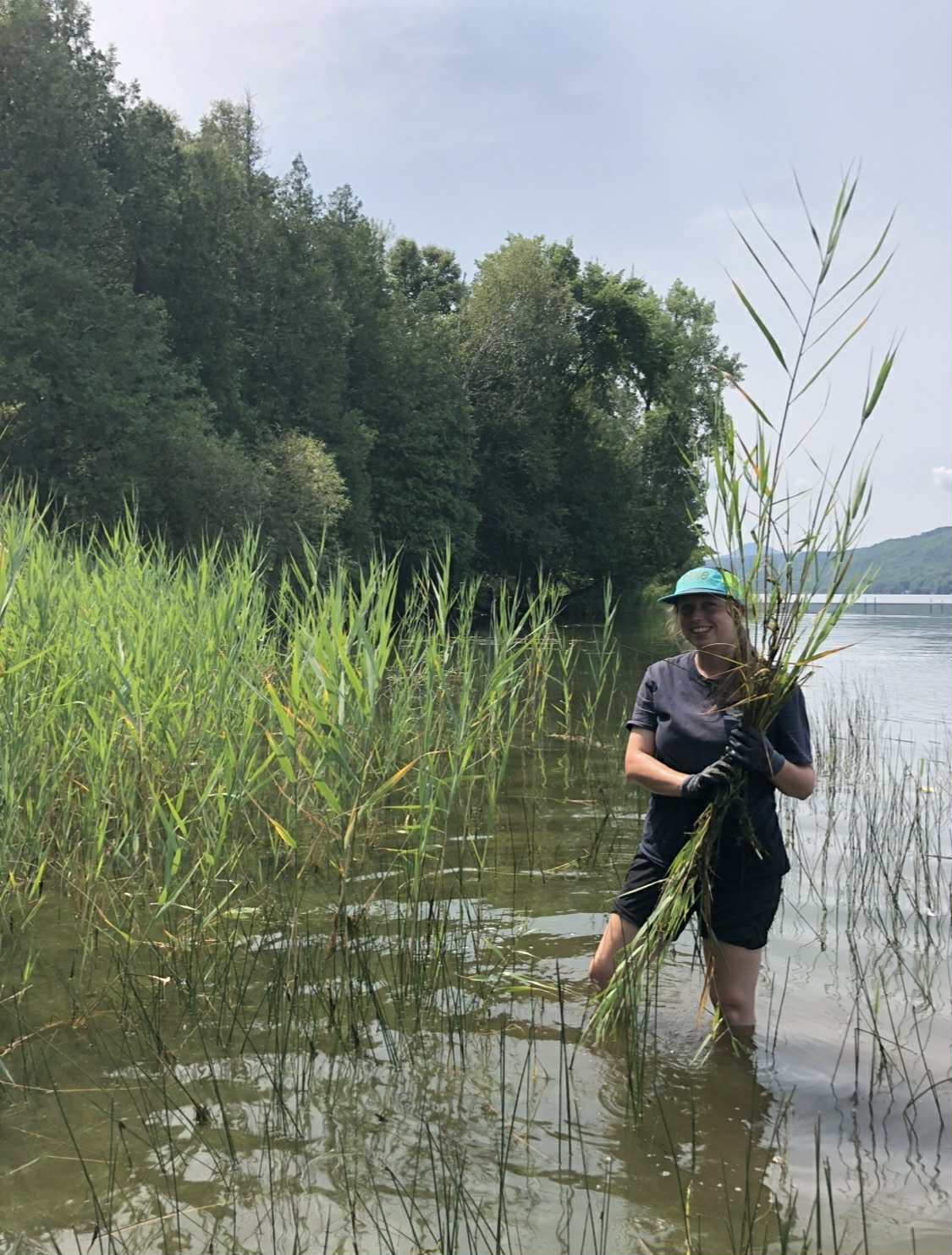

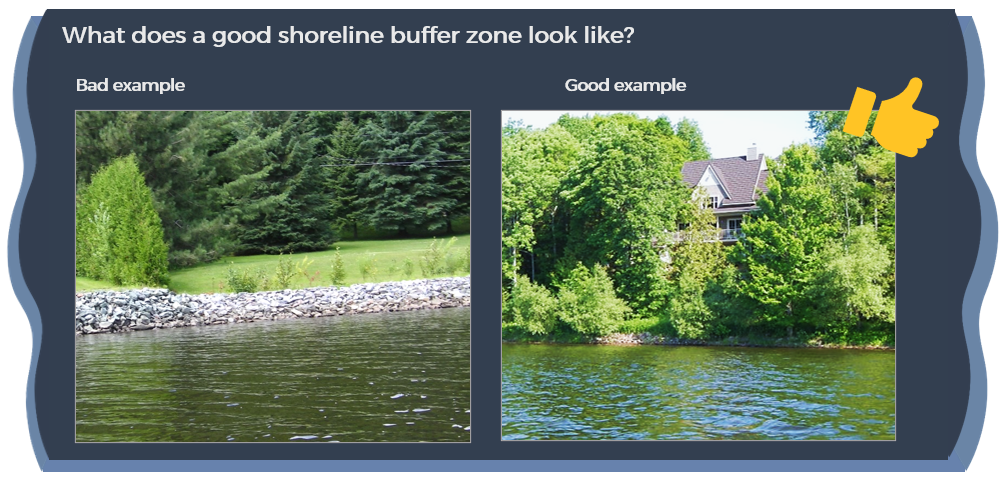
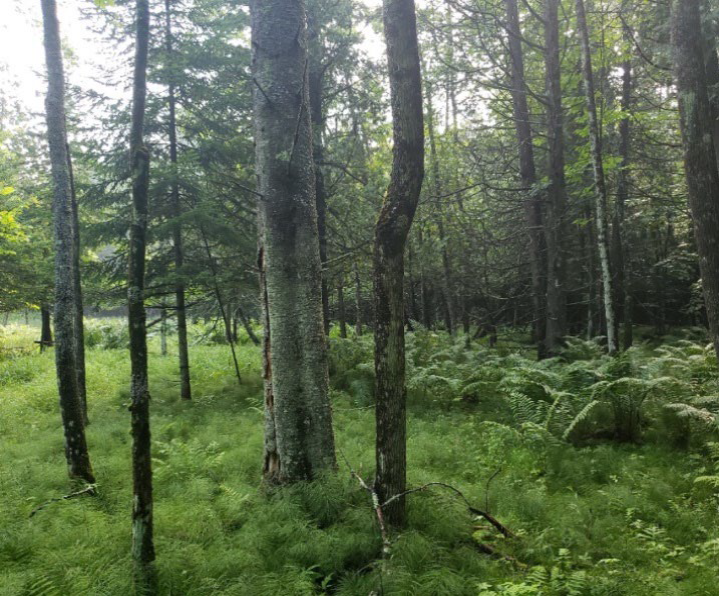
.png)
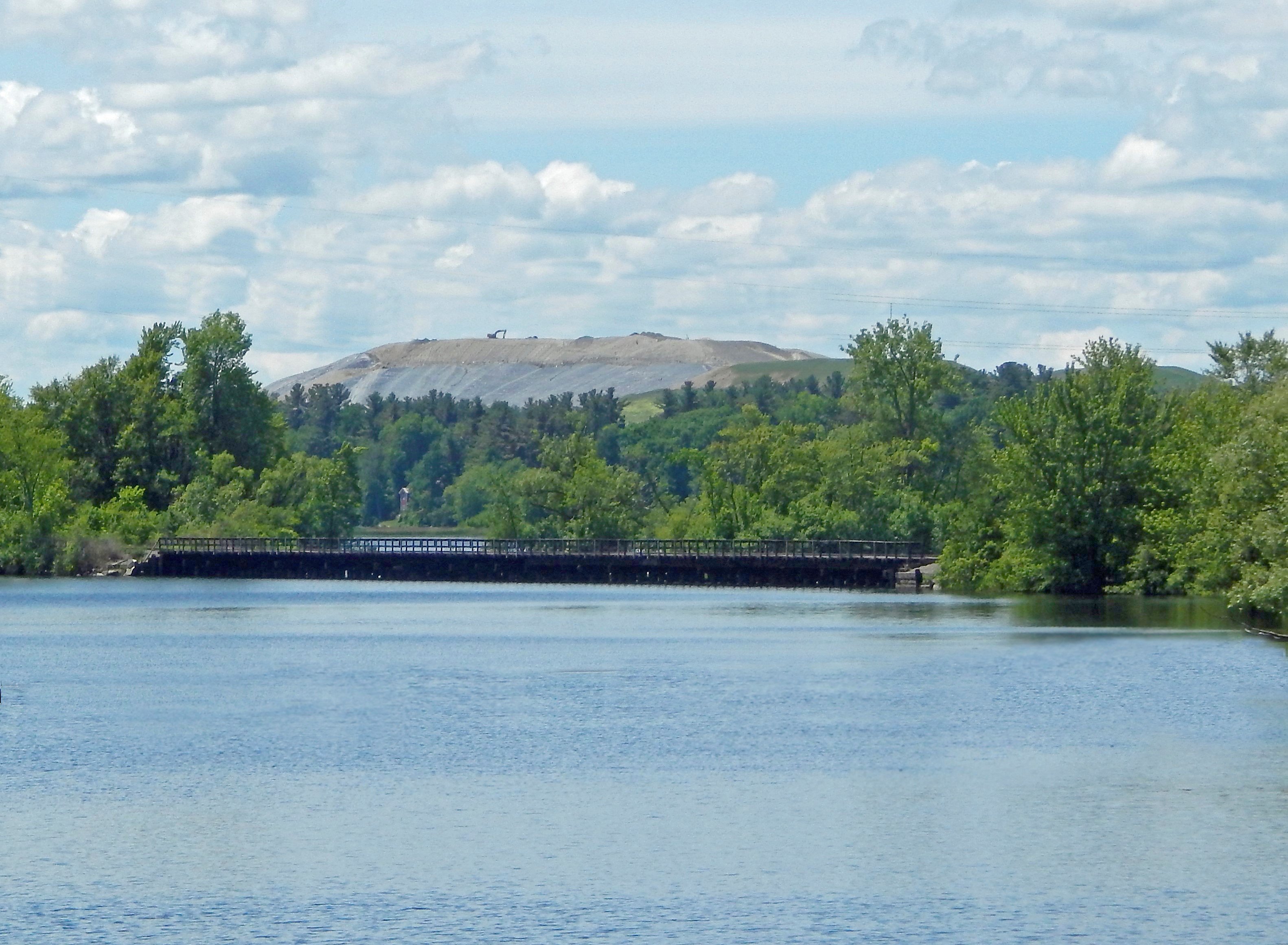




.JPG)
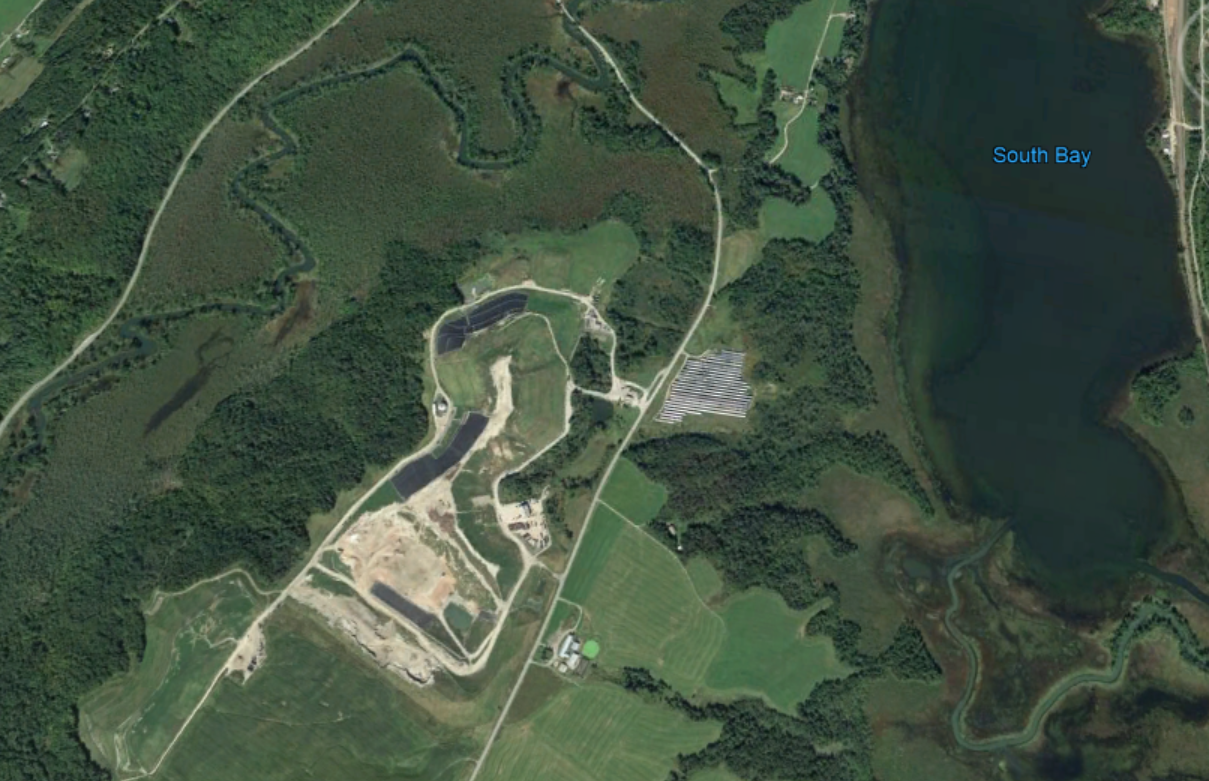
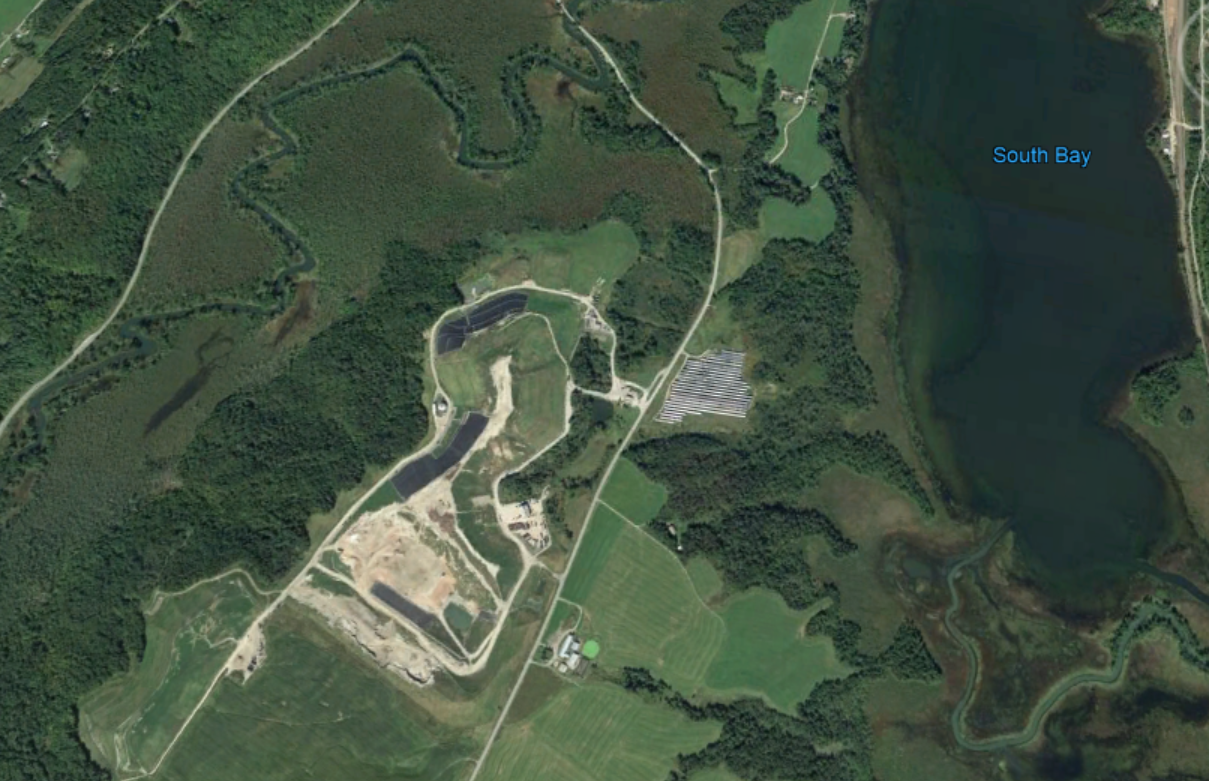



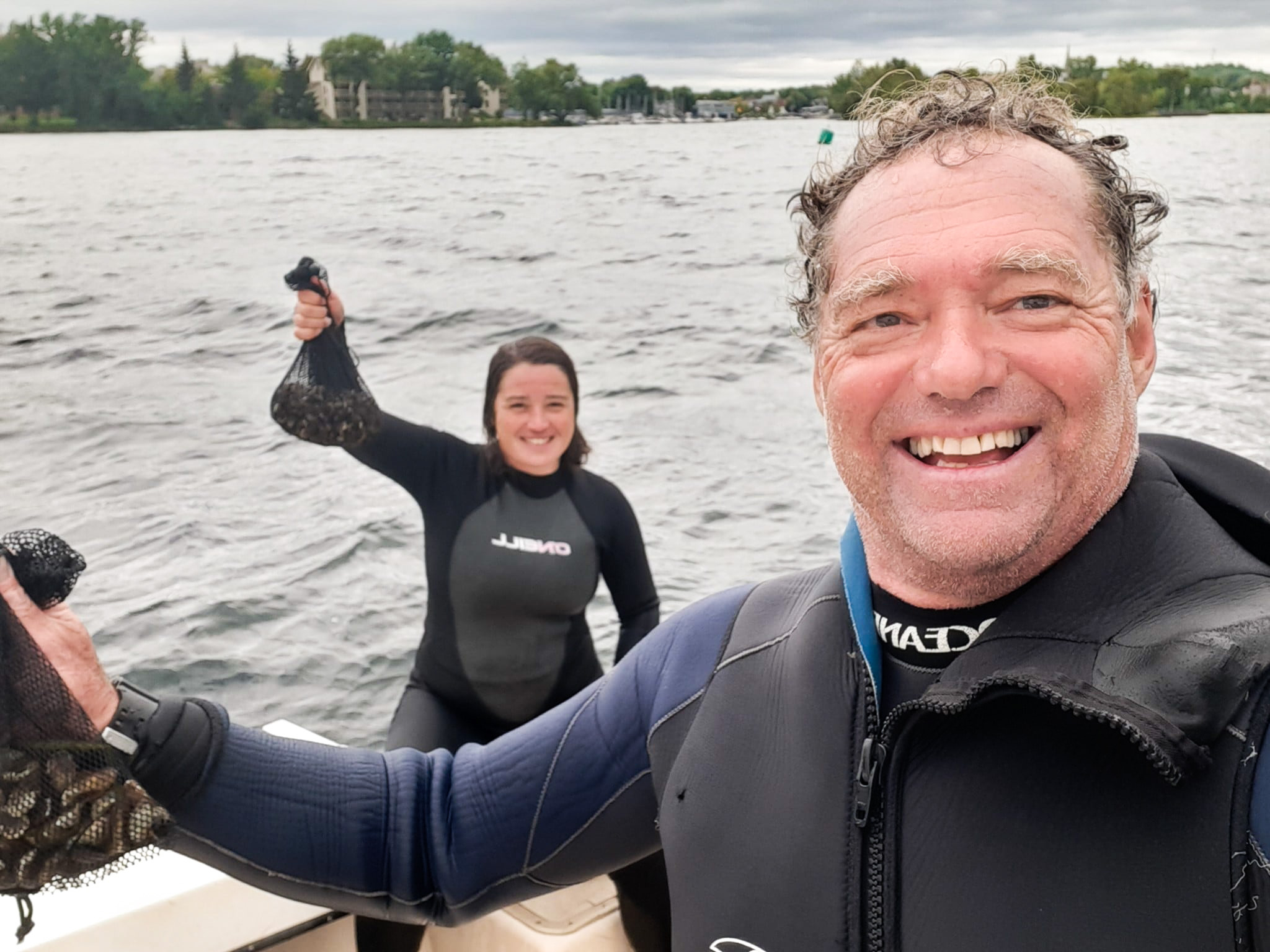
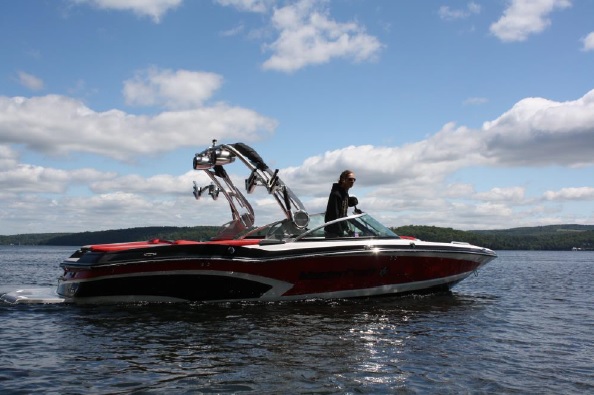
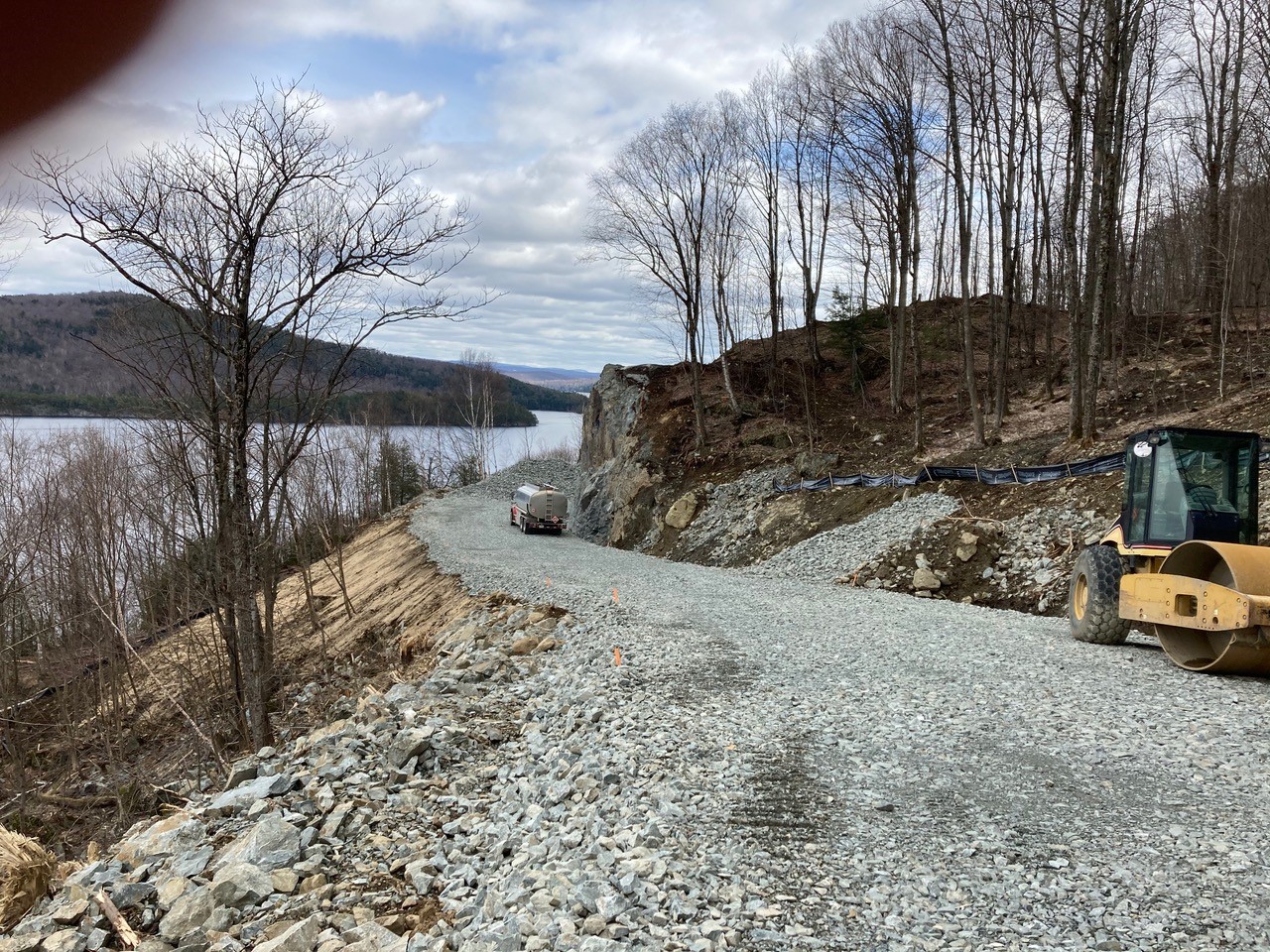
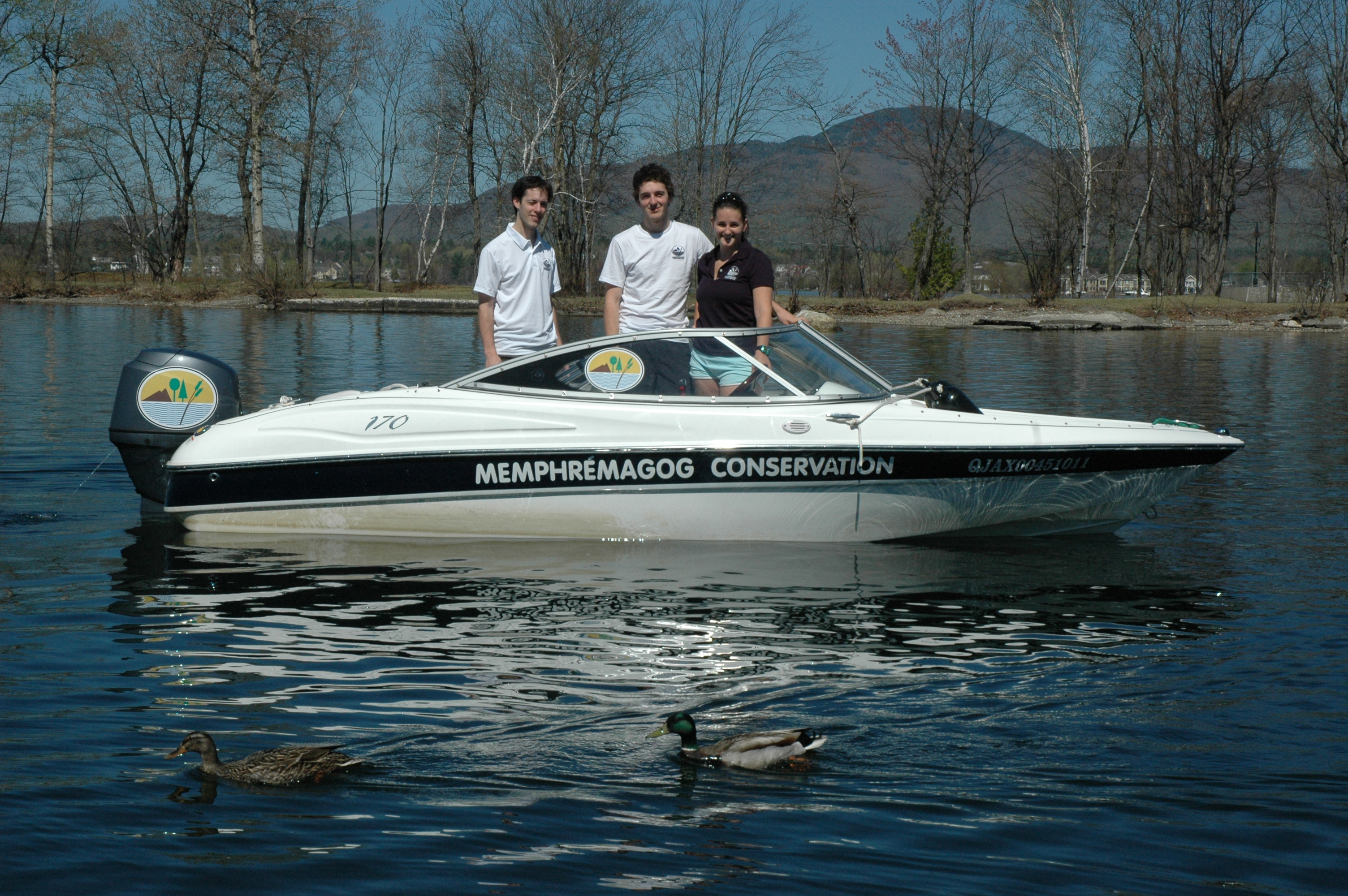




















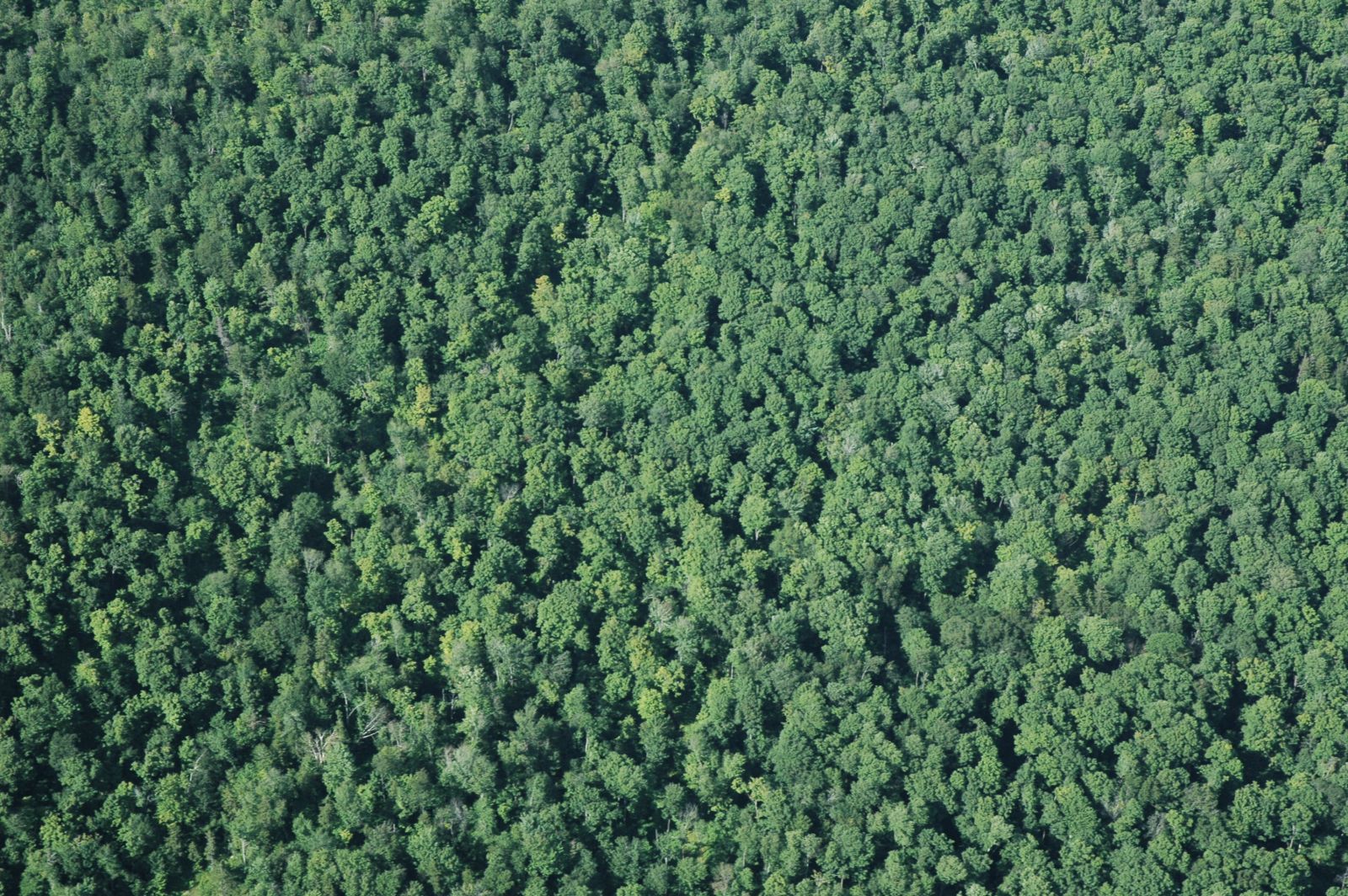


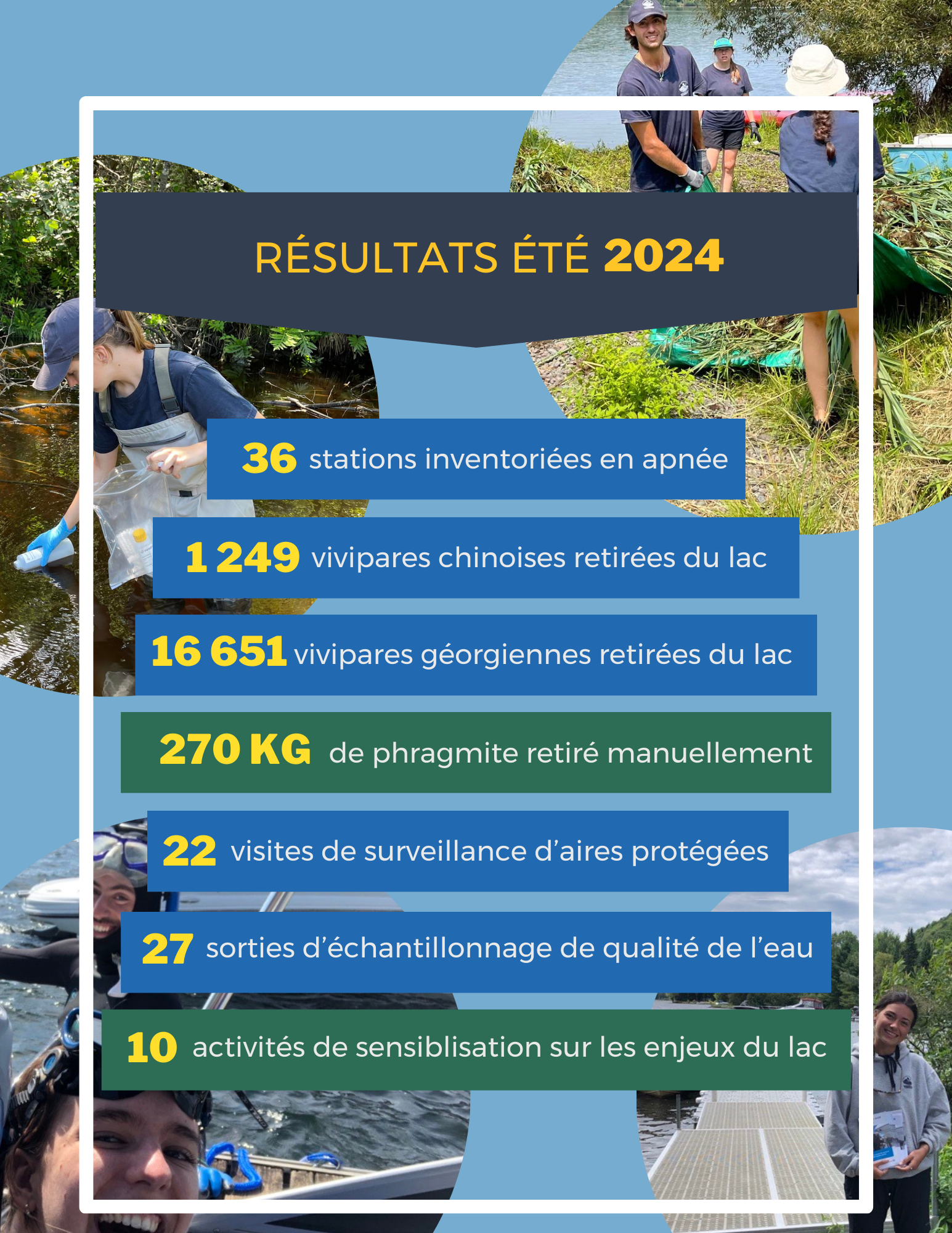
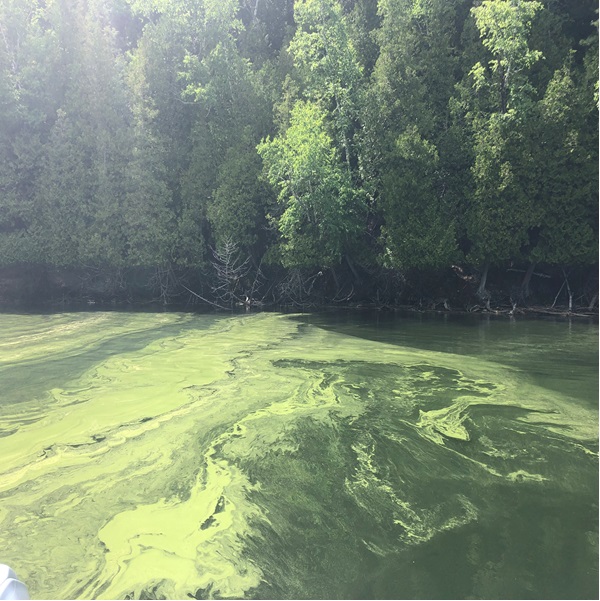

.JPG)





